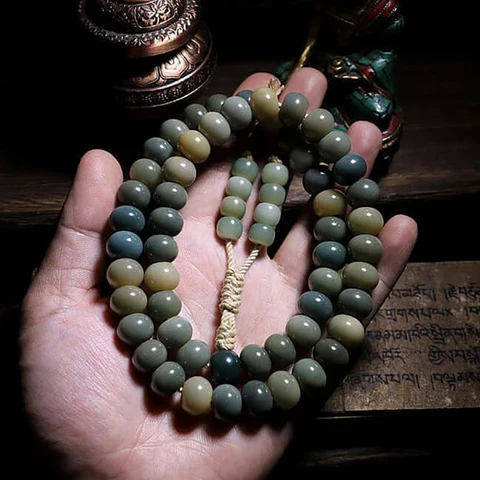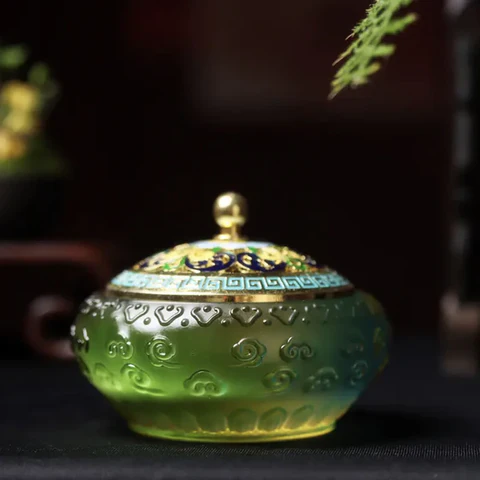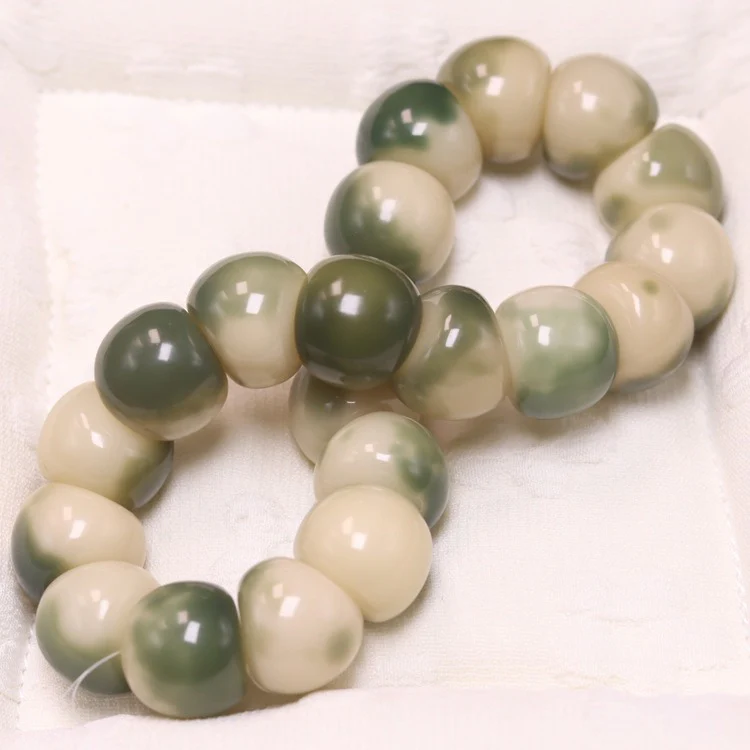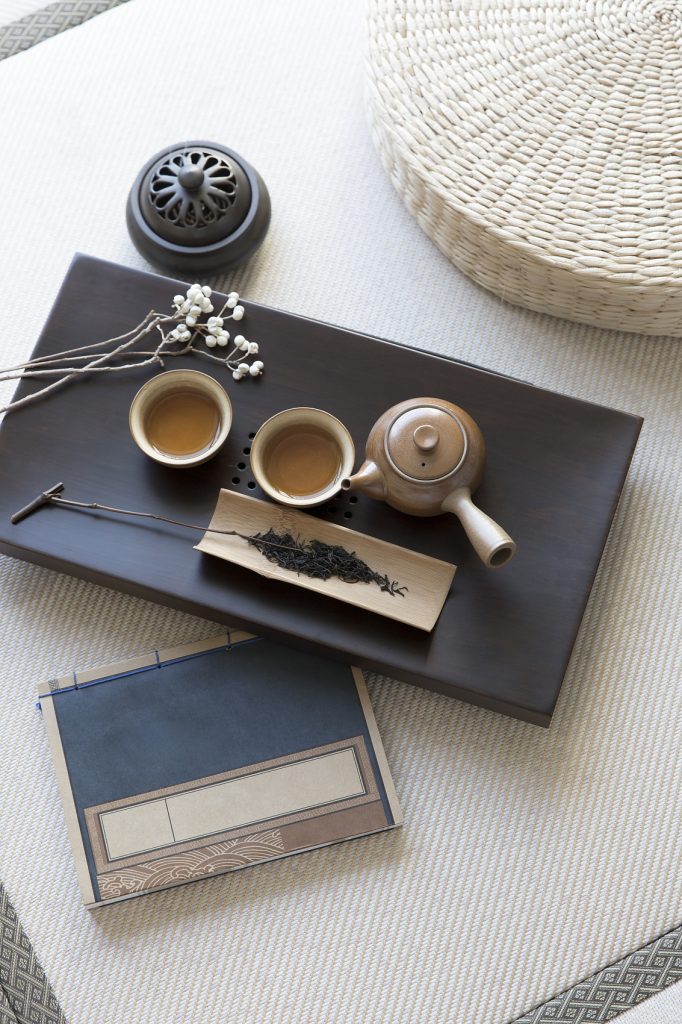- Mon - Fri:
9:00am – 9:00pm
- Call Us:
+1-702-268-6636
- Language:
English
- Currency:
$USD
+1-702-268-6636
English
$USD





Follow us to learn more about energy growth
During the Song Dynasty, a golden era of culture and refinement, Chinese scholars and literati cultivated a lifestyle that blended art, philosophy, and daily ritual. Their appreciation for life was not about grandeur, but about finding beauty in simplicity — an expression of inner peace through outward elegance.
This refined way of living was captured in the Four Leisurely Pursuits: tasting tea, burning incense, arranging flowers, and hanging paintings. More than just pastimes, these practices embodied a spiritual and philosophical approach to living — one that continues to inspire a sense of balance and harmony today.
Let us journey through these timeless arts and rediscover the serenity they bring to both the environment and the soul.
In the Song Dynasty, preparing and serving tea was elevated to an art form. Scholars often welcomed guests with a bowl of hand-whisked tea — a method that would later influence the Japanese tea ceremony.
Song-style tea preparation involved grinding dried leaves into a fine powder, whisking it with hot water to create a smooth, frothy brew. It wasn’t just about taste — it was about ritual, presence, and poetic appreciation of the moment.
Tea, paired with poetry and quiet reflection, became a sacred act. It symbolized hospitality, introspection, and the elegance of simplicity.

Incense culture reached its peak during the Song Dynasty. More than just a fragrance, incense served as a tool for spiritual elevation, timekeeping, and purification.
Blends were carefully crafted using herbs, resins, and woods like sandalwood or agarwood. Incense was burned during reading, calligraphy, meditation, or thoughtful conversation. The rising smoke symbolized the connection between the earthly and the divine — a bridge between the body and the spirit.
For Song literati, incense became a pathway to clarity and inner peace — a way to dispel mental clutter and invite serenity.
The art of flower arranging in the Song Dynasty moved away from the opulence of the Tang era, favoring graceful simplicity and asymmetrical beauty. Known as “philosophical flowers,” arrangements were minimal yet meaningful — each stem, leaf, and blossom chosen to reflect nature’s impermanence and life’s deeper truths.
More than decoration, these floral compositions conveyed the arranger’s state of mind and moral ideals. They reflected harmony between man and nature, stillness and change.
This style influenced the development of ikebana in Japan and still resonates today as a meditative, mindful practice.
What began as decorating tea rooms with art evolved into a refined practice of curating scrolls — featuring calligraphy, poetry, and paintings — to complement both space and mood.
Hanging paintings in the Song Dynasty were chosen not just for beauty, but for intellectual and emotional resonance. Scholars considered the alignment of seasonal themes, poetic meaning, and the energy of the space.
Art wasn’t confined to galleries; it lived within the home, creating an ambiance of thoughtfulness and quiet inspiration.
The Four Leisurely Pursuits of the Song Dynasty offer a timeless reminder: true elegance is found in intention, mindfulness, and simplicity.
To drink tea mindfully, to light incense with awareness, to arrange flowers with meaning, and to surround oneself with inspiring art — these are not merely habits, but gateways to spiritual clarity and emotional depth.
In our fast-paced modern lives, we can draw wisdom from these ancient practices. Slow down. Brew a cup of tea. Burn incense that soothes your soul. Sit in silence. Let a flower or a painting speak to you.
Through these small, intentional acts, we can reclaim the art of living — and reconnect with peace, beauty, and balance.
